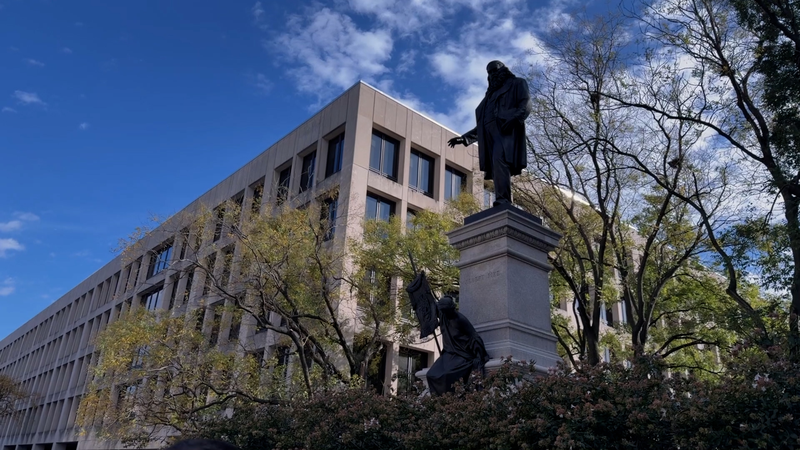Since taking office in early 2025, President Donald Trump’s second term has taken a controversial turn with his push to restore Confederate monuments on the grounds of Washington, D.C., and beyond. This move reignites a global debate over how societies remember their painful pasts.
During his first presidency (2017–2021), the United States saw thousands of protests in the summer of 2020 under the Black Lives Matter movement. Activists toppled statues of Confederate leaders and state and local authorities removed dozens more symbols tied to slavery and oppression.
In October 2025, one of the most high-profile Confederate statues—a figure of General Robert E. Lee—was reinstalled just steps from the U.S. Capitol. Supporters call it a tribute to heritage, while critics warn it glorifies a legacy of racial injustice. Recent surveys show that about 40% of Americans support returning such monuments, while 55% oppose the move.
Experts caution that monument restoration without community-driven dialogue and policy reforms can deepen social divisions. 'Honoring history means acknowledging all facets of our past, including injustice,' says historian Alex Johnson, director of the Memory and Justice Project. Activists are already organizing new demonstrations in Washington, urging lawmakers to pass legislation that requires public approval before any future restorations.
From Europe’s debates over colonial-era statues to discussions in South Africa about apartheid memorials, the world is watching how the U.S. handles this chapter of its own history. As the battle over Confederate monuments unfolds, it raises a larger question: can restoring symbols of the past help unite a divided nation—or will it drive a deeper wedge?
Reference(s):
cgtn.com




